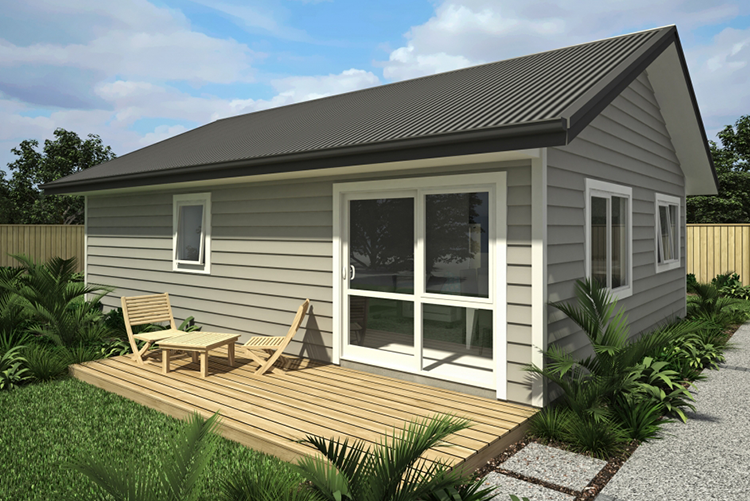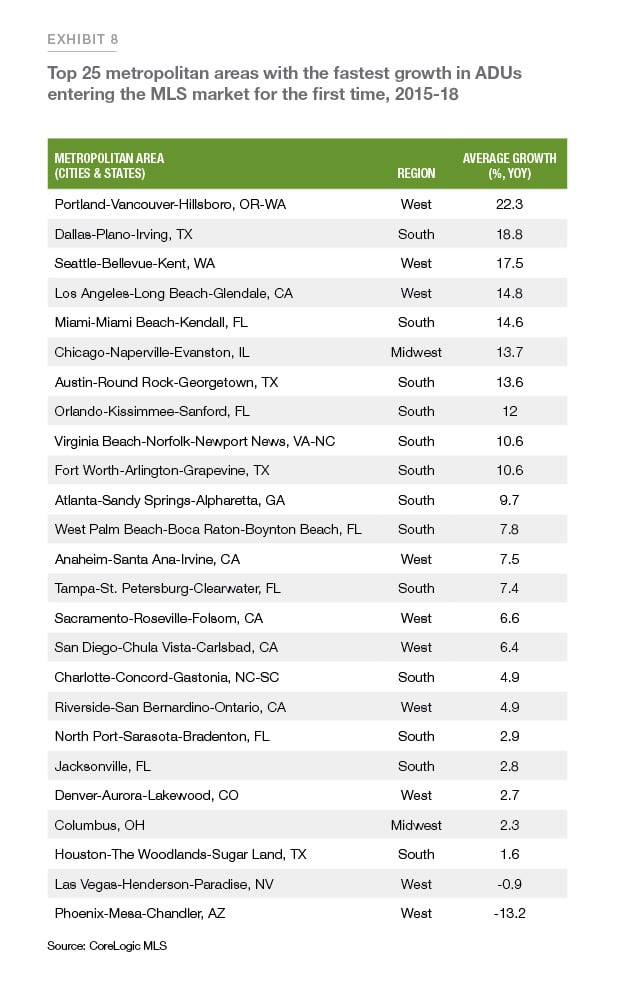The number of accessory dwelling units in the U.S. has increased dramatically as a result of the housing inventory crunch, especially in high-cost areas where populations have risen significantly over the last decade, according to a new Freddie Mac study.

The research found there are 1.4 million ADUs in the U.S., which include granny flats, garage apartments, and in-law suites. These ADUs are either attached or detached from the main property, Freddie said.
Freddie’s study focused on more than 600 million MLS transactions from the late 1990s until the present day in order to put a finger on the growth of ADUs in the U.S.
The researchers found that 70,000 homes with ADUs were sold in 2019, which is around 4.2% of homes sold via the MLS that year. In 2000, just 8,000 properties with ADUs were listed and sold, amounting to just 1.1% of that year’s total.
“The nation’s affordable housing crisis has intensified in this turbulent economic environment, and ADUs are increasingly providing a viable affordable housing option for people of all ages,” said Sam Khater, Freddie Mac’s chief economist. “This analysis is both unique and large in scale, giving us insight into the growing movement of accessory dwelling units.”
Demand for ADUs seems to be higher in fast-growing parts of the U.S. These include Sun Belt states such as California, Florida, Texas and Georgia, where half of the country’s 1.4 million ADUs are located. In addition, cities such as Portland, Oregon, Dallas, Seattle, Miami and Los Angeles have all seen big growth in the number of ADUs over the last half a decade.

Some homeowners transform their ADUs into rentals to generate an additional income stream. According to Freddie Mac, around 8,000 ADU rentals were leased in 2019, comprising 2.9% of the total number of homes leased via the MLS.